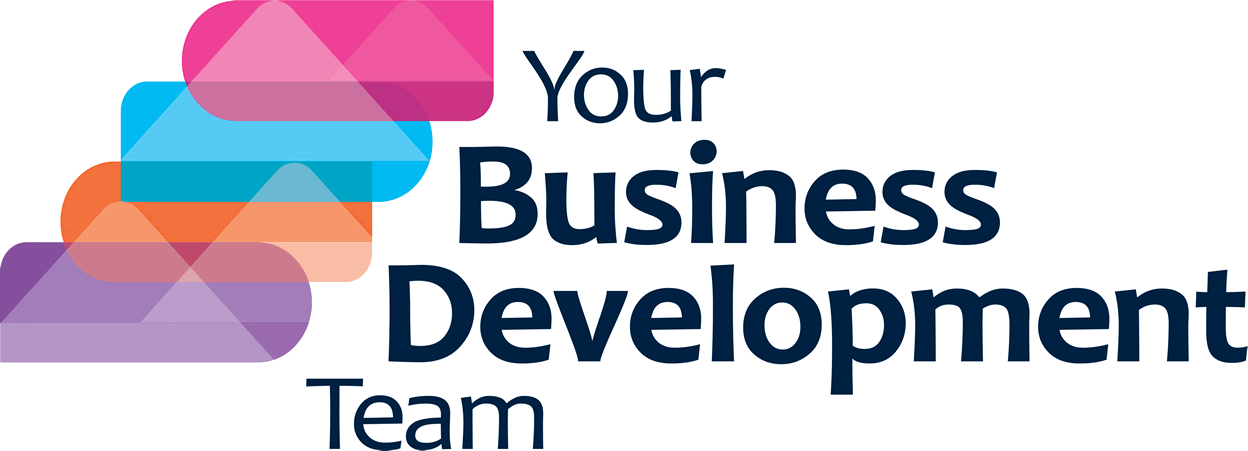Great sales people are a scarce and valuable resource, and they need to be put in the place where they can have the most impact on your business. I was reading an article in the Harvard Business Review (HBR) that really struck a chord and explains some of the mistakes done by companies when allocating their sales resources.
One of the key points made by HBR is that, while sales people can improve their results by improving the quantity of sales effort or improve the quality of sales effort by investing in coaching and training, the best way to improve sales results is to change how you allocate your sales resources.
Working out where your existing sales force can have the maximum influence is quite straightforward. You spend a lot of time and money building the product and client knowledge that enables your team to effectively close sales. The problem arises when they spend time inappropriately because they have diverse, and sometimes conflicting demands, placed on them. The best thing you can do to affect your sales results is therefore to consider whether your sales people are focused on the areas where there skills and knowledge will add most effectively to your bottom line.
Another key area to consider is consistent lead nurturing and relationship building. A stat I talk about frequently is “80% of sales are made between the 5th and 12th contact yet, 90% of sales people make 3 contacts or less”. That often isn’t a failure in the quantity or quality of sales effort, it is more likely to be about those conflicting demands on their time.
That’s not to say that areas like lead generation and nurturing are unimportant, it’s just that there are more cost effective ways of handling them like outsourcing the operation to a specialist provider.
Your Business Development Team’s three step sales conversion programme takes the time consuming process of generating leads, highlighting specific target markets to identify those potential clients with an interest in your business. We build on that with initial conversations to identify interest which we then nurture and pass on to your sales team when appropriate.
Allocating your valuable sales resources to the tasks that they best suit their skills and knowledge will bring the best return on investment. Placing your in-house sales team in front of the customers who have the biggest and most immediate need for you makes sense. Having Your Business Development Team working in the background to feed your sales pipeline is one efficient way in which you can achieve this. Get in touch to start identifying your growth opportunities and acting on them.









